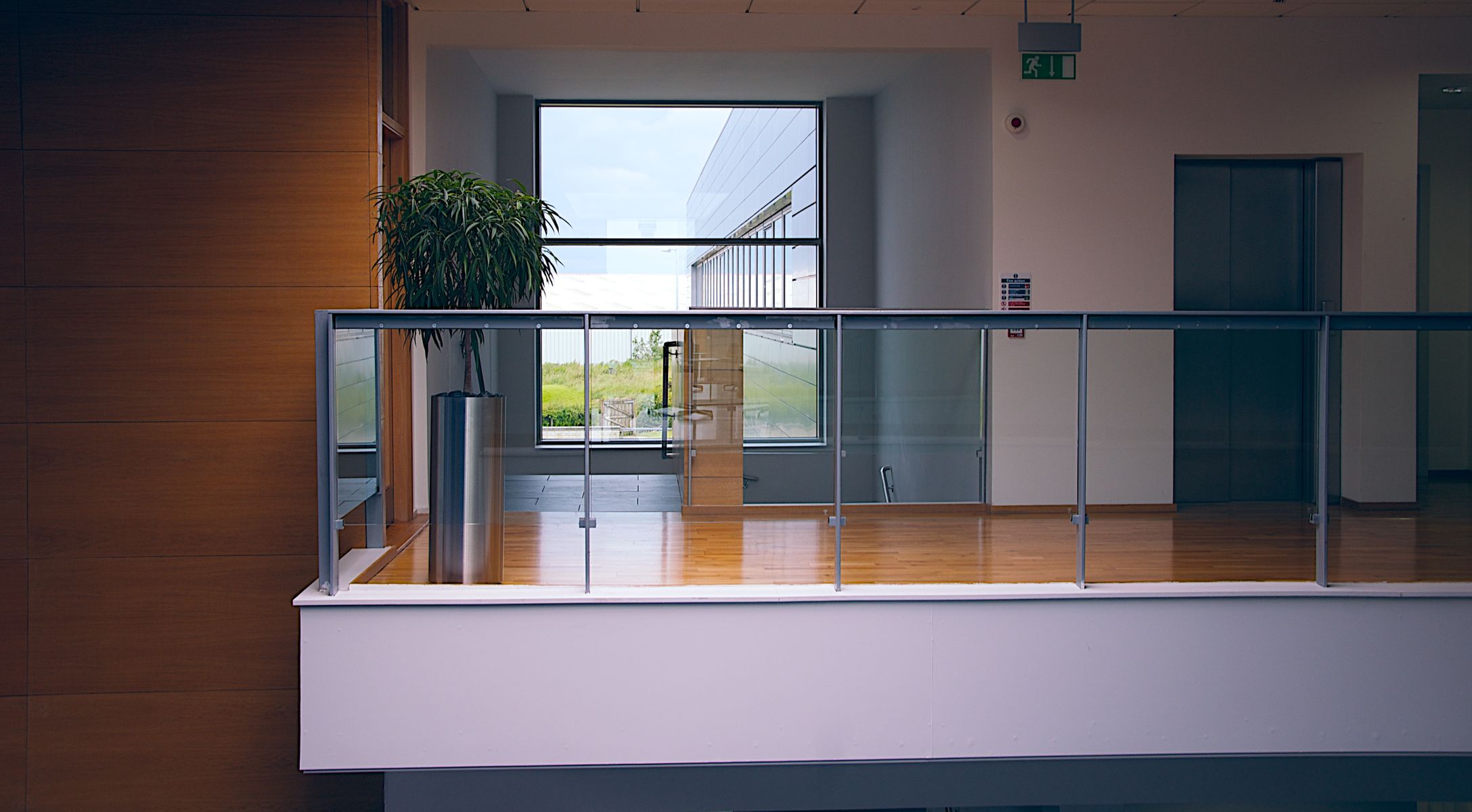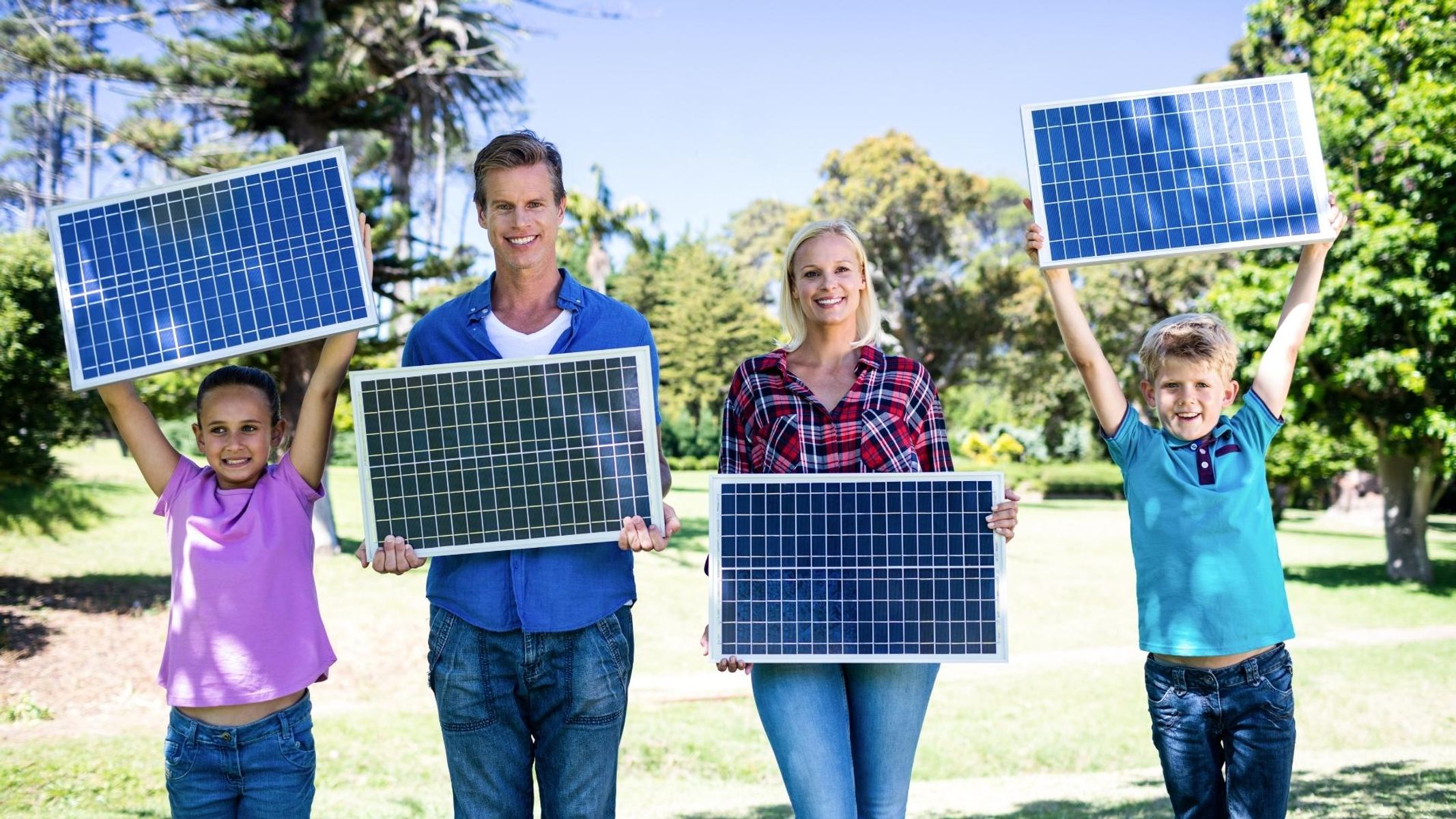Spring is just about upon us, and with metropolitan Melbourne in stage 4 lockdown and country Victoria in stage 3, it is the perfect time to refresh your home with a little bit, or a lot, of nature.
Living in a rental property of course comes with a sense of impermanence, but there’s nothing like an abundance of greenery to make it feel more like home. No matter how big or small, dark or cold your rental is, there are lots of options to get a bit of nature in.
Making strategic plant choices brightens up the space, but also means you can take your private garden with you when you leave. There are however considerations as plants can also cause damage, if not positioned or cared for properly. Making it feel like yours also means treating it as if it is!
IT STARTS WITH JUST ONE POT
If you’re reading this, chances are you’re not already a gardener. For the absolute beginner, start small so you can keep your investment low, while you learn just how green your thumb is – or isn’t. It could be a simple aloe vera plant you see for sale at a market, or a leafy house plant from the local supermarket. Look for a brightly coloured pot and make sure it has a wide saucer underneath to prevent spillage damaging surfaces. Pots that sit in the one spot for a long time can start to stain the surface below so if it’s a fixed part of the property, you need to stay attentive to what’s happening underneath. Move the pot every so often – sit it in the sink for a few hours to give it a good drink - and wipe over the surface where it sat. A simple cloth placemat under the saucer can add an extra layer of protection too.
GROWING YOUR COLLECTION
If your first plant is a success, you can start to add more to your collection. As a tenant you want pots that can be easily moved and plants that can best survive in varying light. If you don’t have a balcony or outdoor space, you won’t have the luxury of giving your plants some outside time, so read the labels and choose ‘low light’ plants. If you have a bright sunny space, you can create your own jungle with a range of oh so cool tropical plants that will absolutely flourish if you find the right spot. Make sure you check how high they will grow and what growing conditions they need before you buy.
If you do have outside options, consider a large pot with a few herbs in it, then if that goes well, add a tomato plant, some chillies, or climbers like snow peas or a pot of fragrant jasmine. If that seems too ambitious, try hardy plants like geraniums and cacti, or seasonal flowering plants like daffodils or tulips.
POSITIONING IS EVERYTHING
Now that you’re a gardener, you will learn the fine art of positioning. Some plants will thrive in a warm sunny corner while others will shrivel and die, others will happily grow on a dark damp windowsill, while others, like the trusty heart shaped philodendron, will literally try to take over your house. Choosing good pots is really important – they should be big enough to give the plant room to grow but not too big that they can’t be moved around. If you are going to have a large pot inside, with a big plant like a fiddle leaf fig or a monstera, it’s a good idea to place it on a small table or footstool. That way all the weight is taken up by that object and any risk of damage to surfaces below is removed.
Whether inside or out, your plants should have good drainage and you need to make sure any overflow is being captured in a way that doesn’t stain surfaces they are sitting on or near.
Dirt stained carpet and dark mouldy rings on concrete will absolutely become an issue when the departure condition report is completed.
Clogged drains from root overgrowth, rust stains on walls from permanent leaks and damage to neighbouring properties from your lazy gardening habits will all threaten your chance to get all of your bond back.





